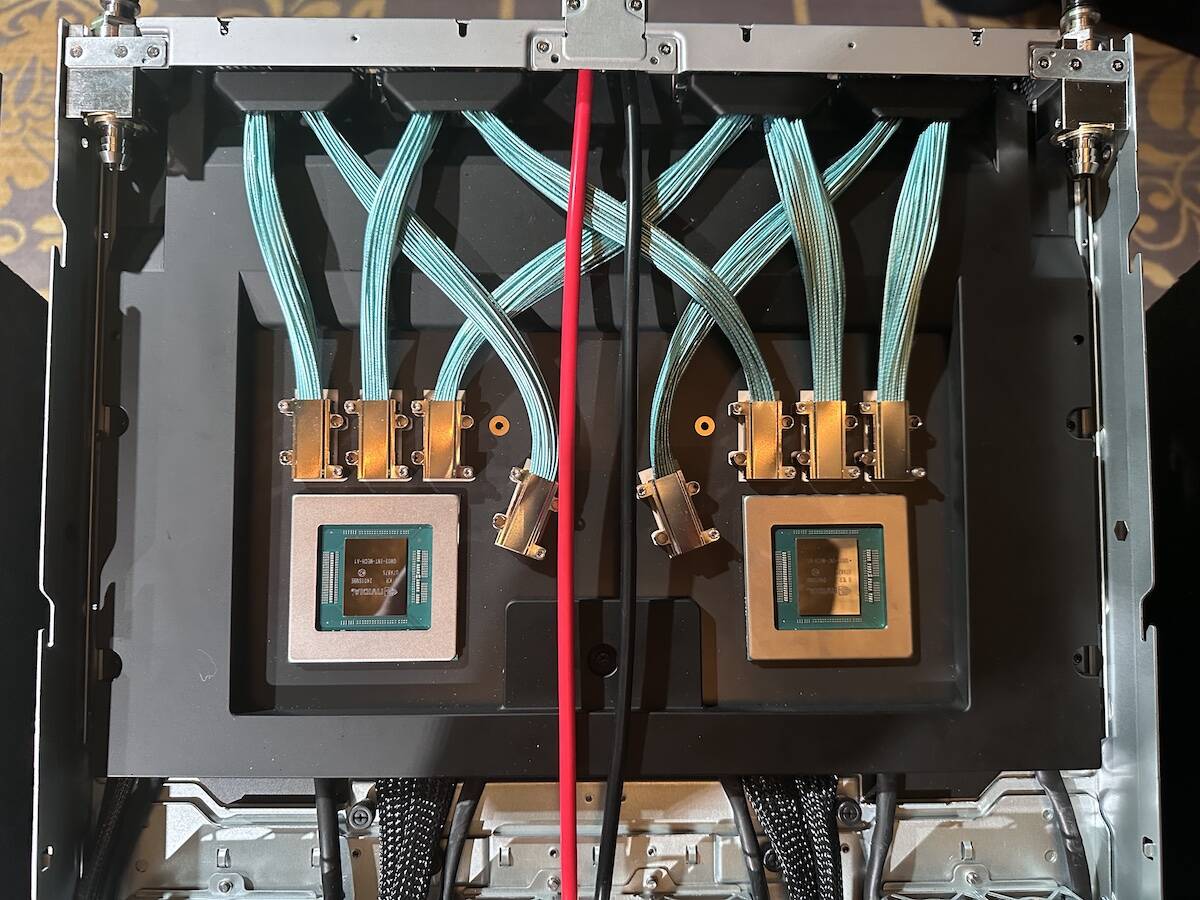Hackaday Links: May 18, 2025
Saw what you want about the wisdom of keeping a 50-year-old space mission going, but the dozen or so people still tasked with keeping the Voyager mission running are some …read more


Saw what you want about the wisdom of keeping a 50-year-old space mission going, but the dozen or so people still tasked with keeping the Voyager mission running are some major studs. That’s our conclusion anyway, after reading about the latest heroics that revived a set of thrusters on Voyager 1 that had been offline for over twenty years. The engineering aspects of this feat are interesting enough, but we’re more interested in the social engineering aspects of this exploit, which The Register goes into a bit. First of all, even though both Voyagers are long past their best-by dates, they are our only interstellar assets, and likely will be for centuries to come, or perhaps forever. Sure, the rigors of space travel and the ravages of time have slowly chipped away at what these machines can so, but while they’re still operating, they’re irreplaceable assets.
That makes the fix to the thruster problem all the more ballsy, since the Voyager team couldn’t be 100% sure about the status of the primary thrusters, which were shut down back in 2004. They thought it might have been that the fuel line heaters were still good, but if they actually had gone bad, trying to switch the primary thrusters back on with frozen fuel lines could have resulted in an explosion when Voyager tried to fire them, likely ending in a loss of the spacecraft. So the decision to try this had to be a difficult one, to say the least. Add in an impending shutdown of the only DSN antenna capable of communicating with the spacecraft and a two-day communications round trip, and the pressure must have been unbearable. But they did it, and Voyager successfully navigated yet another crisis. But what we’re especially excited about is discovering a 2023 documentary about the current Voyager mission team called “It’s Quieter in the Twilight.” We know what we’ll be watching this weekend.
Speaking of space exploration, one thing you don’t want to do is send anything off into space bearing Earth microbes. That would be a Very Bad Thing , especially for missions designed to look for life anywhere else but here. But, it turns out that just building spacecraft in cleanrooms might not be enough, with the discovery of 26 novel species of bacteria growing in the cleanroom used to assemble a Mars lander. The mission in question was Phoenix, which landed on Mars in 2008 to learn more about the planet’s water. In 2007, while the lander was in the Payload Hazardous Servicing Facility at Kennedy Space Center, biosurveillance teams collected samples from the cleanroom floor. Apparently, it wasn’t very clean, with 215 bacterial strains isolated, 26 of which were novel. What’s more, genomic analysis of the new bugs suggests they have genes that make them especially tough, both in their resistance to decontamination efforts on Earth and in their ability to survive the rigors of life in space. We’re not really sure if these results say more about NASA’s cleanliness than they do about the selective pressure that an extreme environment like a cleanroom exerts on fast-growing organisms like bacteria. Either way, it doesn’t bode well for our planetary protection measures.
, especially for missions designed to look for life anywhere else but here. But, it turns out that just building spacecraft in cleanrooms might not be enough, with the discovery of 26 novel species of bacteria growing in the cleanroom used to assemble a Mars lander. The mission in question was Phoenix, which landed on Mars in 2008 to learn more about the planet’s water. In 2007, while the lander was in the Payload Hazardous Servicing Facility at Kennedy Space Center, biosurveillance teams collected samples from the cleanroom floor. Apparently, it wasn’t very clean, with 215 bacterial strains isolated, 26 of which were novel. What’s more, genomic analysis of the new bugs suggests they have genes that make them especially tough, both in their resistance to decontamination efforts on Earth and in their ability to survive the rigors of life in space. We’re not really sure if these results say more about NASA’s cleanliness than they do about the selective pressure that an extreme environment like a cleanroom exerts on fast-growing organisms like bacteria. Either way, it doesn’t bode well for our planetary protection measures.
Closer to home but more terrifying is video from an earthquake in Myanmar that has to be seen to be believed. And even then, what’s happening in the video is hard to wrap your head around. It’s not your typical stuff-falling-off-the-shelf video; rather, the footage is from an outdoor security camera that shows the ground outside of a gate literally ripping apart during the 7.7 magnitude quake in March. The ground just past the fence settles a bit while moving away from the camera a little, but the real action is the linear motion — easily three meters in about two seconds. The motion leaves the gate and landscaping quivering but largely intact; sadly, the same can’t be said for a power pylon in the distance, which crumples as if it were made from toothpicks.
And finally, “Can it run DOOM?” has become a bit of a meme in our community, a benchmark against which hacking chops can be measured. If it has a microprocessor in it, chances are someone has tried to make it run the classic first-person shooter video game. We’ve covered dozens of these hacks before, everything from a diagnostic ultrasound machine to a custom keyboard keycap, while recent examples tend away from hardware ports to software platforms such as a PDF file, Microsoft Word, and even SQL. Honestly, we’ve lost count of the ways to DOOM, which is where Can It Run Doom? comes in handy. It lists all the unique platforms that hackers have tortured into playing the game, as well as links to source code and any relevant video proof of the exploit. Check it out the next time you get the urge to port DOOM to something cool; you wouldn’t want to go through all the work to find out it’s already been done, would you?









































































































































































![[The AI Show Episode 146]: Rise of “AI-First” Companies, AI Job Disruption, GPT-4o Update Gets Rolled Back, How Big Consulting Firms Use AI, and Meta AI App](https://www.marketingaiinstitute.com/hubfs/ep%20146%20cover.png)


























































































































![[DEALS] The ChatGPT & AI Super Bundle (91% off) & Other Deals Up To 98% Off – Offers End Soon!](https://www.javacodegeeks.com/wp-content/uploads/2012/12/jcg-logo.jpg)



![How to make Developer Friends When You Don't Live in Silicon Valley, with Iraqi Engineer Code;Life [Podcast #172]](https://cdn.hashnode.com/res/hashnode/image/upload/v1747360508340/f07040cd-3eeb-443c-b4fb-370f6a4a14da.png?#)




















































































































































































































































![Apple May Not Update AirPods Until 2026, Lighter AirPods Max Coming in 2027 [Kuo]](https://www.iclarified.com/images/news/97350/97350/97350-640.jpg)

![iPhone 17 Air Could Get a Boost From TDK's New Silicon Battery Tech [Report]](https://www.iclarified.com/images/news/97344/97344/97344-640.jpg)
![Vision Pro Owners Say They Regret $3,500 Purchase [WSJ]](https://www.iclarified.com/images/news/97347/97347/97347-640.jpg)






































































